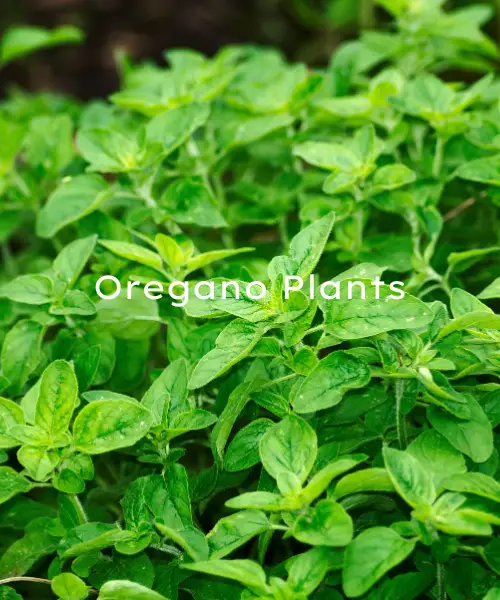Oregano is one of the most popular herbs used in cuisines around the world.
With its warm, slightly fuzzy leaves and powerful aroma, oregano adds an unmistakable flavor to dishes like pizza, pasta sauces, Mediterranean recipes, and much more.
While most people are familiar with the common oregano found in supermarkets, there is a diverse array of oregano plant varieties that range in appearance, flavor profile, and preferred growing conditions.
We will go over the several varieties of oregano plants, their distinctive traits, and growing and cooking advice in this extensive guide
6 Types of Oregano Plants To Grow
1. Common Oregano

Let’s start with the variety that likely comes to mind when you think of oregano: common oregano or wild oregano. Native to the Mediterranean region, this is the type most readily available in grocery stores. Common oregano has small, oval green leaves covered in fine hairs that give it a velvety texture.
The flavor of common oregano is pungent and earthy, with hints of sweetness. It’s a classic ingredient in Italian cuisine, adding depth to tomato sauces, pizza toppings, and meat dishes. This hardy perennial grows well in full sun and well-drained soil, making it an excellent choice for gardeners or those with an outdoor herb garden.
2. Greek Oregano
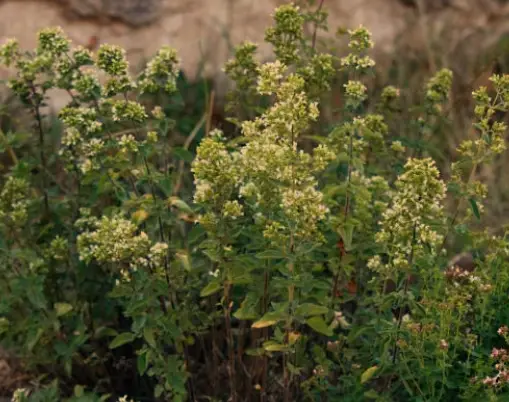
Closely related to common oregano is Greek oregano, which is considered by many to be the true oregano with the most intense flavor. This variety has smaller, more potent leaves that are extremely aromatic when crushed or rubbed. Greek oregano is a key ingredient in Mediterranean cuisines, particularly Greek dishes like souvlaki, spanakopita, and tzatziki sauce.
Compared to common oregano, Greek oregano has a more robust, warming flavor with notes of camphor and mint. It grows best in hot, sunny climates and can even tolerate drought conditions once established. If you’re looking for an oregano variety to add a punch of flavor to your dishes, Greek oregano is an excellent choice.
3. Hot and Spicy Oregano
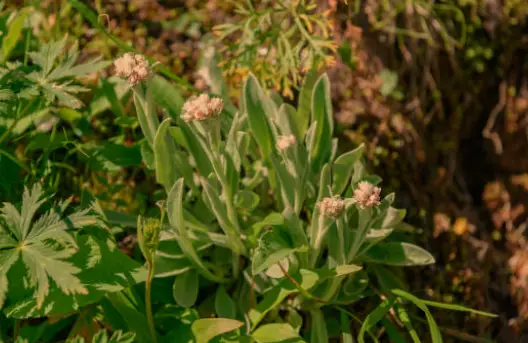
As the name suggests, hot and spicy oregano packs a punch of heat along with its classic oregano flavor. This variety, native to Greece and Turkey, has small, narrow leaves that are covered in fine hairs and essential oils. When crushed, the leaves release an aroma reminiscent of cumin or curry powder.
The flavor profile of hot and spicy oregano is bold and, well, spicy! It has a warm, almost numbing sensation on the tongue that complements dishes like chili, Tex-Mex cuisine, and spicy meat rubs. This variety thrives in hot, dry climates similar to its native habitat.
4. Golden Oregano

For gardeners looking to add a splash of color to their herb garden, golden oregano is a beautiful option. This ornamental variety features bright golden-yellow leaves that contrast nicely with its green counterparts. Despite its striking appearance, golden oregano has a flavor very similar to common oregano: earthy, slightly bitter, and mint-like.
Golden oregano makes a lovely addition to container gardens or as an edging plant along pathways or garden beds. It grows best in full sun and well-drained soil. While the leaves can be used fresh or dried, like common oregano, many gardeners grow this variety primarily for its eye-catching foliage.
5. Turkish Oregano
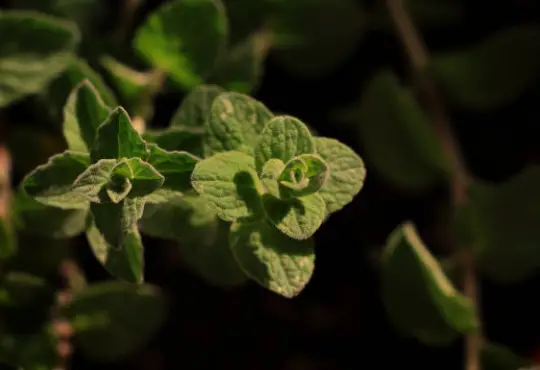
Unlike the Greek varieties we’ve covered so far, Turkish oregano hails from Turkey and other parts of the Middle East. This semi-woody perennial has larger, more oval-shaped leaves than common oregano, with a fuzzy, grayish-green appearance.
The flavor of Turkish oregano is often described as more savory and intense than Greek oregano, with notes of sweet marjoram and thyme. It’s a common ingredient in Turkish cuisine, used in dishes like kebabs, vegetable stews, and spice blends like za’atar. Turkish oregano prefers hot, dry climates and can be grown as a perennial in USDA zones 8–10.
6. Benton’s Pallorino Oregano
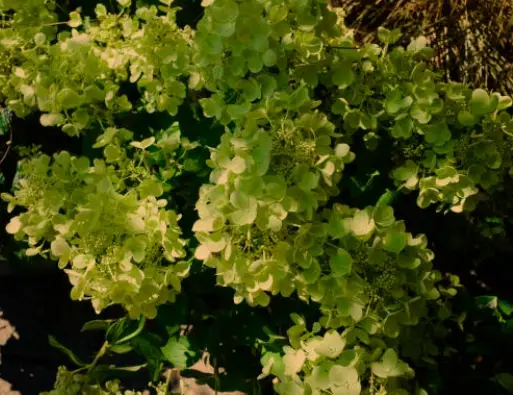
For a truly unique twist on oregano flavor, consider Benton’s Pallorino oregano. This variety, native to Lebanon and surrounding areas, has large, flat leaves with a pale green color that gives it a distinct appearance in the garden.
What sets Benton’s Pallorino oregano apart is its flavor, often described as having notes of hay or freshly cut grass. It has a softer, less intense oregano taste than other varieties, making it a nice change of pace in dishes where you want just a hint of oregano without overwhelming the other flavors. This drought-tolerant perennial does best in hot, dry climates.
Ornamental Oregano Varieties
While most oregano varieties are grown for their culinary uses, there are also several ornamental types prized for their eye-catching foliage and flowers. Here are a few beautiful examples:
Kent Beauty Oregano (Origanum laevigatum, ‘Kent Beauty’)
Gorgeous hop-like flower bloom in shades of pink and purple
Low-growing, spreading habit
Edible but very mild flavor
Herrenhausen Oregano (Origanum rotundifolium ‘Herrenhausen’)
Forms a dense mound with vivid purple-flushed foliage
Small pink flowers in summer
Ornamental use only; foliage is not palatable
Dittany of Crete (Origanum dictamnus)
Natives to the Greek island of Crete
Soft, fuzzy silver leaves and pink tubular flowers
Intense, resinous oregano aroma
While these ornamental varieties may not pack the same flavor punch as culinary oregano, they add lovely textural interest and colors to herb gardens and perennial borders.
Growing and Harvesting Oregano
No matter which oregano variety you choose to grow, there are some general guidelines to follow for success. Oregano thrives in full sun exposure and well-drained soil; most varieties don’t tolerate excessive moisture well. Amend your garden bed with compost or other organic matter to improve drainage if needed.
When planting oregano, space plants 8–12 inches apart. Keep the soil moist until plants are established, then allow it to dry slightly between waterings. Avoid overhead watering once the weather warms up to prevent disease issues.
For the best flavor, harvest oregano in the morning after any dew has dried. Cut stems about 4-6 inches from the soil level and avoid taking more than one-third of the plant at a time. Hang small bundles to air dry, then strip the leaves from the stems and store in an airtight container.
Oregano plants can be pruned or trimmed back to promote bushier growth. With the right care and climate, some varieties can live for many years as low-maintenance perennials.
Cooking With Different Oregano Varieties
Now that we’ve explored the various oregano plant types, let’s discuss how to use their unique flavors in the kitchen:
Common Oregano: This is your go-to for classic Italian-American dishes like pizza, pasta sauces, lasagna, and meatballs. It pairs beautifully with tomatoes, garlic, and olive oil.
Greek Oregano: Let this powerhouse herb shine in Mediterranean dishes like souvlaki, moussaka, hummus, and olive bread. It’s also fantastic with roasted veggies, seafood, and lamb.
Hot and Spicy Oregano: This fiery variety lends itself well to spice rubs, chili, fajitas, and other Tex-Mex or Southwestern fare. Use it to add an extra kick of heat and aroma.
Turkish Oregano: Lean into the earthy, savory notes of Turkish oregano by using it in Middle Eastern dishes like shawarma, curry blends, lentil stews, and za’atar seasoning.
Ornamental Varieties: While not as potent as culinary oreganos, ornamental types like Kent Beauty can still lend subtle flavor when used sparingly in salads, marinades, or herb butter.
No matter which oregano variety you use, keep in mind that dried oregano has a more concentrated flavor than fresh. Substitute about 1 teaspoon of dried oregano for every tablespoon of fresh oregano called for in recipes.
So there you have it: a comprehensive exploration of the diverse oregano plant family! From the classic Italian staple to fiery global varieties, oregano offers an incredible range of aromas and flavors to experiment with. Hopefully, this guide has inspired you to seek out some

